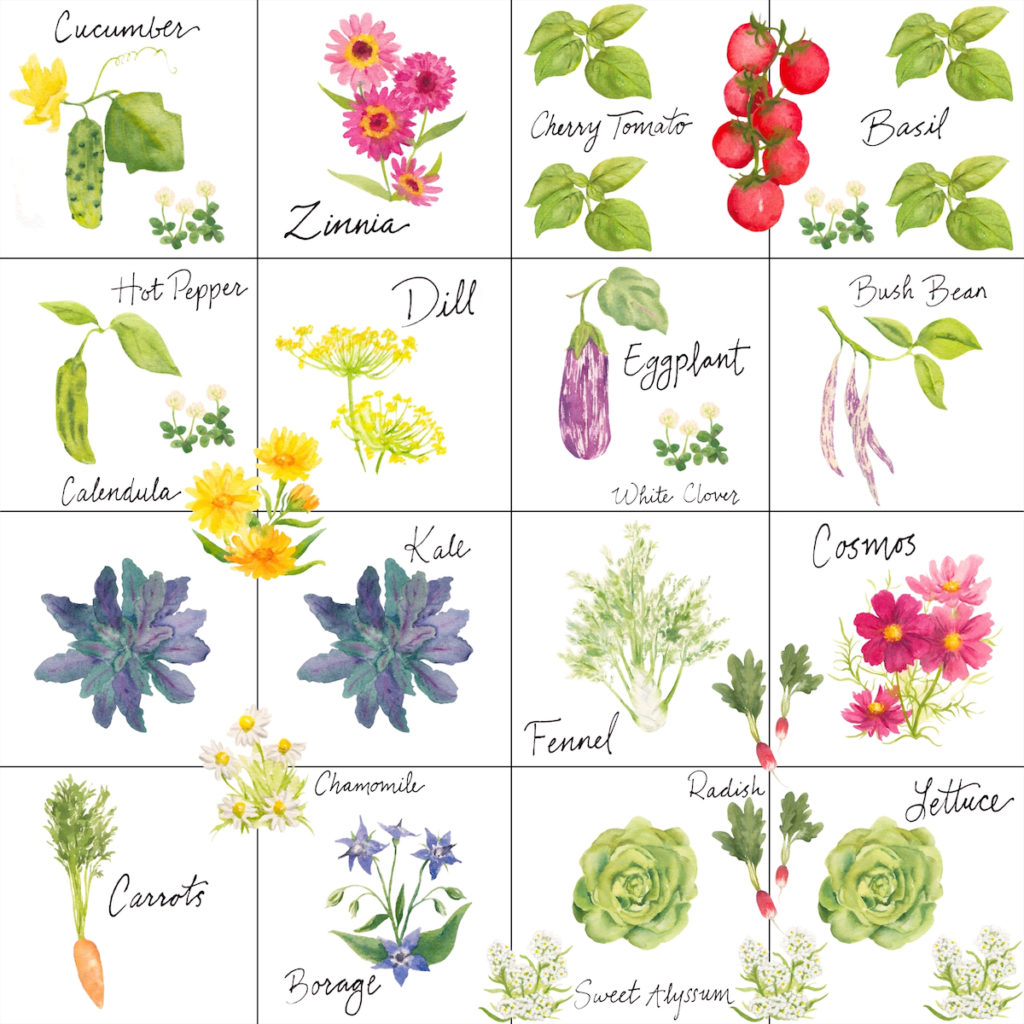
I’m so excited that you are considering the Garden Tom Grow-a-long for Spring/Summer 2021. Last year brought about so many people growing their interest in starting a home garden and many people including myself are expecting that interest to continue. While this Grow-a-long is meant for all gardeners, in many ways, I’ve designed this Grow-a-long and the content in it to cater to beginning gardeners in their first few years of what I hope will be a lifelong hobby. In the Grow-a-long I’ll be sharing my exact plants and planting plans as well as check ins and tips all along the way. The garden design should work for most growing regions and yield a productive, biodiverse, space that I’ve planned to be healthy and bring you happiness.
There’s a lot to cover in this post so I’ll just get right to it.
Understanding Your Growing Calendar
Key Takeaway: Use a tool like this to quickly build a customized seed starting and planting calendar.
Let’s start with your growing calendar. If you read one thing from this section, read this: As an aspiring vegetable gardener, it pays to know when your growing season starts and ends. Gardeners that stay on top of their dates will often end up getting the most return. Another reason why I’m starting from here is if you’re a warm region grower like me (Zone 8b/9a) technically you should be starting some of your seeds THIS WEEK. So you might want to get right on with ordering your seed packs or researching how you’ll get transplants locally.
You’ll hear almost every gardener talking about their zone, I mentioned above mine is Zone 8b/9a. This refers to their USDA Hardiness zone which provides rough estimations of average minimum temps. As a vegetable gardener that’s starting a new set of annual plants each year the most important thing for you to know are the expected dates of final spring frost and first fall frost. This is a great tool here where you can type in your zip code and get estimates of probabilities of different temperatures occurring after a given date or you can use this tool to more simply understand when to plant what.
Tools like these are important for those trying to maximize their spring/summer veggie garden. Especially in areas with short growing seasons and extremely hot areas where summers create issues for cooler weather plants.
At a minimum, you should understand the difference between frost, freeze and hard freeze. Frost is the temperature range between 36 and 32, it can leave mild damage on some plants and is what I use to determine my planting dates. Freeze is the temp range between 32 and 29 and if experienced by most annuals, can lead to significant damage. Hard Freeze is any temp below 28, all but a few plants can survive hard freezes without special protection. Selecting a target first planting date equal to the date of 50% chance of frost occurring after that date or a 20% chance of freeze happening after that date is a nice guideline to follow. As the date approaches of your target transplanting and direct sowing date, keep an eye on the weather forecasts for the next week, if you’re far exceeding minimum temps, plan to follow your schedule. If there’s frost in the forecast plan, adjust your timing. For the sake of the Grow-a-long, anything we plan to put out into the ground before that date will adequately be able to handle any cold spells (a few examples being kale, lettuce, and carrots). I’ll provide specific planting and seed starting times (measured in comparison to weeks before or after the last spring frost) for the plants in my grow a long plan.
Planting Plan & Why I chose what I chose
Key Takeaway – If you’re interested in participating in the 2021 Garden Tom Grow-a-long I suggest you review the planting plan and order your seeds immediately. I carefully selected each variety to create a biodiverse garden that’s productive, beautiful and healthy and I’m really excited for those joining me this season. It’s important to not wait to order seeds as many of the exact varieties are getting harder to find and if you live in a warmer climate, you most likely need to start your seeds by the end of January. Also, many seed companies are fulfilling orders slower than normal. If seed starting is not for you, begin evaluating your opportunities of getting similar plants from local sources if you want to skip this step.
Site Selection
It’s important that your veggie garden is placed in a site that gets full sun throughout the day, that’s 6 hours or more of continuous, unobstructed sunlight during the middle of the growing season. Since we are often planting our raised beds to maximize production in a relatively small space, the ideal orientation I’d suggest for Northern Hemisphere growers would be North to South. Side note: my raised beds are actually placed East to West as this was the best way for me to place the beds given the limitations of the space I have. When plants are arranged from shortest to tallest, the North to South orientation ensures maximum sunlight for all plants. Finding the ideal placement during winter can be a deceiving time for site selection of a vegetable garden. The first reason being there’s far less sunlight in January than there is in late spring and summer and the angle is completely different. Another reason is that deciduous trees (those that shed their leaves in the fall and winter) are bare right now so remember to factor what those trees will look like in Spring and Summer into your plans. A great tool is Suncalc.org for measuring sunlight duration and positions throughout the day during any day of the year. We’ll come back to this once we talk about the planting plan.
My Planting Philosophy
Truth be told, I have not been growing for that long but what I’ve learned, is that the greater biodiversity that you have in your garden, the better it will look and perform. I recently read the book Plant Partners and it greatly influenced the planting plan that you see here. I’ve carefully selected every plant in the plan, I hope you can follow the same plantings but I completely understand if you need to make substitutions or modifications based on your situation. I orient my plants by height and width, with height being an important factor to consider so you don’t end up shading a sun loving plant with a taller one. As you grow more experienced you can use shading to your advantage, such as growing a cooler season crop in a spot that gets morning sun and afternoon shade thanks to a taller neighbor.
Grow-a-long Planting Plan
The Grow-a-long plan is based on a 4 foot x 4 foot garden bed. If you have a different growing environment make sure you continue reading for suggestions about how to arrange and adjust the plan. For the most part the plan roughly follows the Square Foot Gardening method of plant spacing. When we get closer to seed starting I’ll recommend the number of plants planned for each square foot so if you’re growing in a larger space you can scale accordingly. In a few cases, smaller companion plants will be interplanted amongst the other crops.
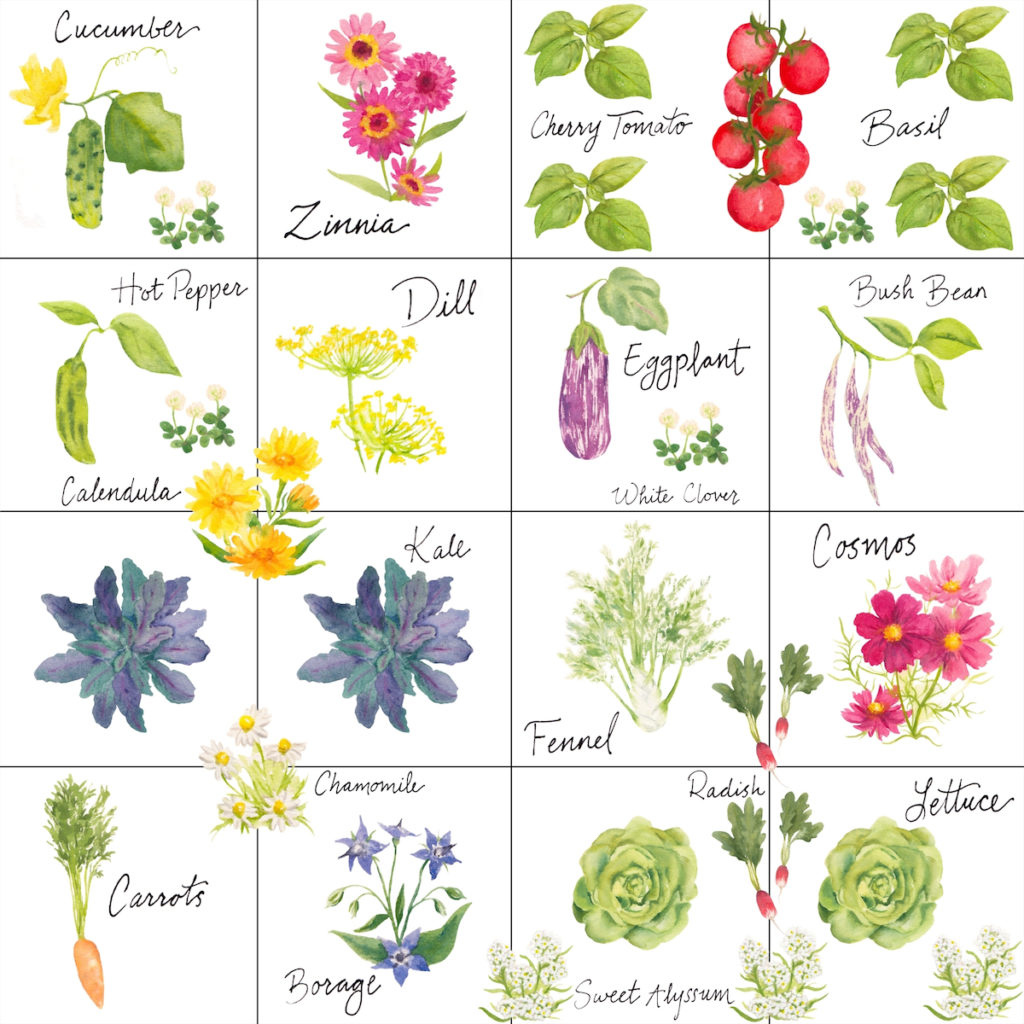
I’ve organized the plant list by time of seeding, in comparison to the date of Last Spring Frost.
8-10 Weeks Before Last Spring Frost
Cherry Tomato – When people think about vegetable gardens they probably think about growing tomatoes first and foremost. I’ve learned a ton about growing tomatoes in the last couple of years and I hope to translate that knowledge to you throughout this growing season. I’ve selected this cherry tomato for this growing a long as I expect it to be productive, flavorful, disease resistant and early to fruit. The early to fruit characteristic is important to highlight because growers in northern areas should have plenty of time to get a bountiful harvest before fall frosts come and gardeners in the deep south will have strong production before dreaded summer heat and humidity set in and increase the prevalence of diseases and pests.
Lettuce – Lettuce is a home garden favorite. I prefer to grow head lettuce like romaine vs. leaf lettuces that you’d typically see in a spring mix. The reason being is that head lettuce requires one harvest while leaf lettuces are a continuous harvest. If harvesting baby leaf lettuce, you could in theory harvest daily, which is a little too much work for me. For this plan I’m growing this variety in early spring, then upon harvest I’ll be growing Parris Island Cos Lettuce which can withstand summer temps. Feel free to swap out my selections for your favorite variety.
Eggplant – Eggplant was one of the stars of my garden last year. I grew two plants and we had 2-5 eggplants per week. Which was great because our daughter loves to eat them. I prefer to grow the smaller varieties which cater a little more to frequent side dishes instead of the large ones which are more commonly used for entrees. I’m actually growing this Eggplant but it appears it’s already sold out.
Hot Pepper – I’ve grown both bell peppers and hot peppers. My favorites are the more mild hot peppers. This year I’m growing my absolute favorite hot-ish pepper, Shishitos. If you’re more interested in growing bell peppers, see below for my suggestions on possible modifications to the plan.
Kale – Dino Kale is a favorite I’ll probably grow every single year, as we love to eat it. It grows tall on a sturdy stalk that can be continuously harvested from the bottom up. In a space that’s only 2 square feet you can grow 4 or 5 plants and have kale that will last you from early spring to fall and even through a few light freezes.
Fennel – I love the taste of roasted fennel and the leaves can be used as a garnish, similar to dill. But the main reason I’m growing fennel is to support beneficials to improve aphid control.
4-6 Weeks Before Last Spring Frost
Calendula – Calendula has a number of uses. The flowers are various shades of orange and yellow and are very cheery. The plant has various skincare benefits. It has been found to deter aphids and the flowers support pollinators and beneficials. I’m choosing to tuck a plant or two interplanted in the garden between spaces.
Cosmos – I love cosmos. The thin petals come in so many different colors, and as the blooms come and fade, keep deadheading to keep the blooms popping up throughout the whole summer. I’m growing this dwarf variety which won’t crowd out the nearby plants and these flowers will also cater to small beneficial insects and bees.
Chamomile – I chose to use chamomile for a few reasons. The flowers are beautiful, it has culinary usage, the flower can provide food for beneficial insects and it’s believed that the foliage of chamomile can deter the egg laying behaviors of butterflies and moths that lay caterpillar eggs on neighboring host plants like Kale.
Zinnia – I loved growing Zinnias last year. Pollinators love them and they make great flowers for cutting and bringing inside. Keep deadheading and they will bloom up until the first frost.
Basil – I love everything about basil. The rich green color, the leaf shape, the taste, the beneficial aspects and the flowers all make this my favorite herb and one of my favorite plants to grow. I had great success last year growing it under and around my tomatoes, where it appreciated the extra shade. Taller basil varieties will provide greater pest deterring when planted amongst tomatoes.
Sweet Alyssum – I’ve always loved this little flower which you can find at almost every nursery. Until recently I had never thought of growing it in a vegetable garden. As it turns out, it makes a great living mulch (grown in the empty spaces between plants) and the pollen and nectar in these flowers are important food sources for beneficial insects that feed on aphids (definitely the most common pest in my garden).
2-3 Weeks Before Last Spring Frost
Cucumber – I grew this cucumber last year and thought it was incredible. Not too big, very tasty, super productive and great raw or pickled. This will need to be grown up a support structure to keep this one plant from taking over your garden. It’s super easy to grow vertically as the cucumber is a natural climber. We will cover how in future posts.
Borage – Borage offers a great nectar source for honeybees and native bees which will increase yields of Tomatoes, Peppers and Eggplant. The leaves and flowers are edible too and are often used as a garnish or as an herbal tea.
Carrots – Sow Directly into the garden – I’ve had very little success growing carrots and I’m hoping this year is my year. Like radishes, carrots don’t take up a lot of space and are also a fun thing to harvest for kids.
Radish – Sow Directly into the garden – From sowing to harvest, Radish offers maybe the fastest possible edible plant for veggie gardens. Radish, which prefers cooler weather, is perfect for interplanting amongst other larger plants early in the season. The radishes will be ready to harvest by the time they are getting crowded out as the other plants grow bigger. Also, radishes act as a trap crop for attracting flea beetles away from other more valuable crops.
Dill – Dill is one of my favorite herbs. It offers a freshness to pickles or creamy sauces. It’s also an incredibly beneficial plant to grow for good insects, as the unique foliage and fragrance can protect from pests.
White Clover (Optional)- Sow Directly into the garden – This will be the first year that I’ll be embracing cover crops (plants that are grown primarily for the benefit of other plants). I’ll be planting a living mulch of White Clover amongst the bases of taller transplants like tomatoes, peppers, cucumbers and eggplant. As a short growing, living mulch, it will help maintain moisture and prevent soil splashing which can create disease problems. Specific to legume cover crops, it can fixate atmospheric nitrogen into the soil for other plants to use. This option is definitely experimental for me but has been well studied and used on commercial and research farms. Feel free to use this option with me or omit it.
Immediately Following Last Spring Frost

Bush Beans – Sow Directly into garden – This will be my first year growing bush beans. Last summer we received some of these Dragon Tongue Beans in our local CSA (Spade and Clover for anyone local to Charleston). They are beautiful and tasty. Beans are members of the legume family which also provide nitrogen fixation (converting nitrogen from the air into nitrogen that can be used in the soil by it and plants around it), which give an extra boost to their nitrogen loving neighbors tomatoes, eggplant, and basil.
Ordering Seeds or Finding Transplants
Whether you live in a warm climate and need to start your seeds soon, or you live in the North and won’t be planting outside until May, there’s still incentive to make haste with your seed ordering as I’m noticing more and more seeds selling out online and delays in order fulfillment. While there’s not really a way around having a surplus of leftover seeds when buying packs of seeds, I find that an entire pack of seeds can cost roughly around the price of a single plant if bought from a local nursery. So your total expense of starting this garden will come in the same ballpark budget range depending on scale. There are definitely more budget friendly options such as setting up a seed swap/share with friends which can get you all these plants for a fraction of the cost.
Some of my favorite sources for seeds are: Baker Creek (aka Rare Seeds), High Mowing (Organic), Sow True, Floret (for Flowers), San Diego Seed Company (Organic)
Making Modifications
I totally understand that everyone’s situation is different and that you may need to modify the Grow-a-long plans. That’s totally fine with me and I’m happy to help you find a solution if you’re completely stuck. Most modifications might come from restrictions regarding garden layouts or seed/transplant availability or just personal preference. If you need to make these modifications, the most important thing to keep in mind is that any changes you make should factor in plant heights and recommended spacing. For instance, you might choose to swap bell peppers for the hot peppers. If you do this, keep in mind that bell peppers grow taller than most hot peppers and could potentially create shade for the cucumber behind it. A couple modifications I planned for are:
Growing bell peppers instead of hot peppers – Swap the Zinnia location and the hot pepper location and it might be best to grow a shorter Zinnia.
Your space has different dimensions and/or orientation vs the plan – You’ll need to do a bit more research to tailor to your situation but the most important factor is to consider heights of each plant in the plan and not unknowingly create shade for the wrong plant. As an example, last year I grew zucchini, which I tried to train vertically. It was pretty much a failed experiment, and early in the season it impacted my eggplants and peppers which I incorrectly situated behind the vertically trained zucchini. It delayed production and it wasn’t until I ripped out the zucchini that they started to reach their potential.
Your space is too small- you make the call on what you’d like to pick from the group. Try to maintain biodiversity and consider the heights and placements on your final plants.
You can’t get the plants listed – Try and get as close as you can to the recommended plants. If you have to make adjustments make sure to compare sizes of the recommended plants to the ones you are swapping for.
Quick Intro to Seed Starting
Key Takeaway – To maximize the growth of your seedlings I highly recommend making the investment in a grow light, seed starting trays and a heating mat. Always use seed starting soil. We will cover more about seed starting next week.
The next post will be filled with tips on seed starting. Since time might not be on your side, I want to quickly share some information so that if you decide to buy gear for seed starting, you can get right on that. To start seeds, the most common gear are: seed starting trays, seed starting soil mix, grow lights, plant labels (or create a key of your seed tray) and heating mat. A clip fan or room fan can be helpful to keep air moving but I suspect most people have a solution that can work for them. Here’s some more info and product recommendations for the seed starting essentials:
Seed starting trays – Continuous moisture is the key to germinate seeds. My first couple of years I used these seed starting trays with great success. I now use these Orta Seed Starting pots which I’ve shared a bunch in the past and also like them a lot. They are a little bit more expensive but they look great and will last a long time. An even more budget friendly idea is to reuse egg cartons, though I didn’t have a ton of success with that as they dried out too quickly. Plastic egg cartons with plastic lids might have been more successful. You’ll need to buy a seed starting mix locally or this one is pretty good, just make sure it’s specifically a seed starting mix. Eventually, your seedlings will outgrow their first home and will either be directly transplanted into the garden such as the case with lettuce and kale, or they will need to be stepped up to larger pots like we do with tomatoes and peppers. I think paper or plastic cups (with holes poked in the bottoms) offer the most economical options, especially in your first season starting indoors. I’ve roughly calculated about 24-30 seedlings for the Grow-a-long. Buying at least enough for that is great. You can always get two 24 cell seed trays and you’ll have extra space for herbs or extra flowers to use elsewhere.
Grow lights – You can certainly start your seeds on your brightest possible windowsill (normally east or south facing), but using grow lights will get you your best and fastest start. That’s because the light strength will be directed straight from above and they will receive the optimal light amount per day (14-16 hours) which is nowhere near achievable outside (in the winter especially). I have these grow lights and have used these but DIY situations will often give you the best bang for your buck. I found this video really helpful and will be setting up a new system similar to it to maximize my seed starting capacity.
Heating Mat – I mentioned heating mats as typical seed starting gear. I’ve actually never used them as the room I start my seeds in is often 70-80F which is perfect for germinating most seeds. Pepper seeds are an example of a plant that prefers warm temps around 80-90f to germinate (they will still germinate at lower temperatures, they will just take longer). If you can only set up in a colder room or closet, the heating mat might be a smart addition.
Plant Labels – Please remember to label your plants, trust me if you don’t do this, you will forget which plants are which as in their earliest stages of life many plants look very similar, especially to new gardeners. It’s also a good idea to add the date the seeds are started to the plant label.


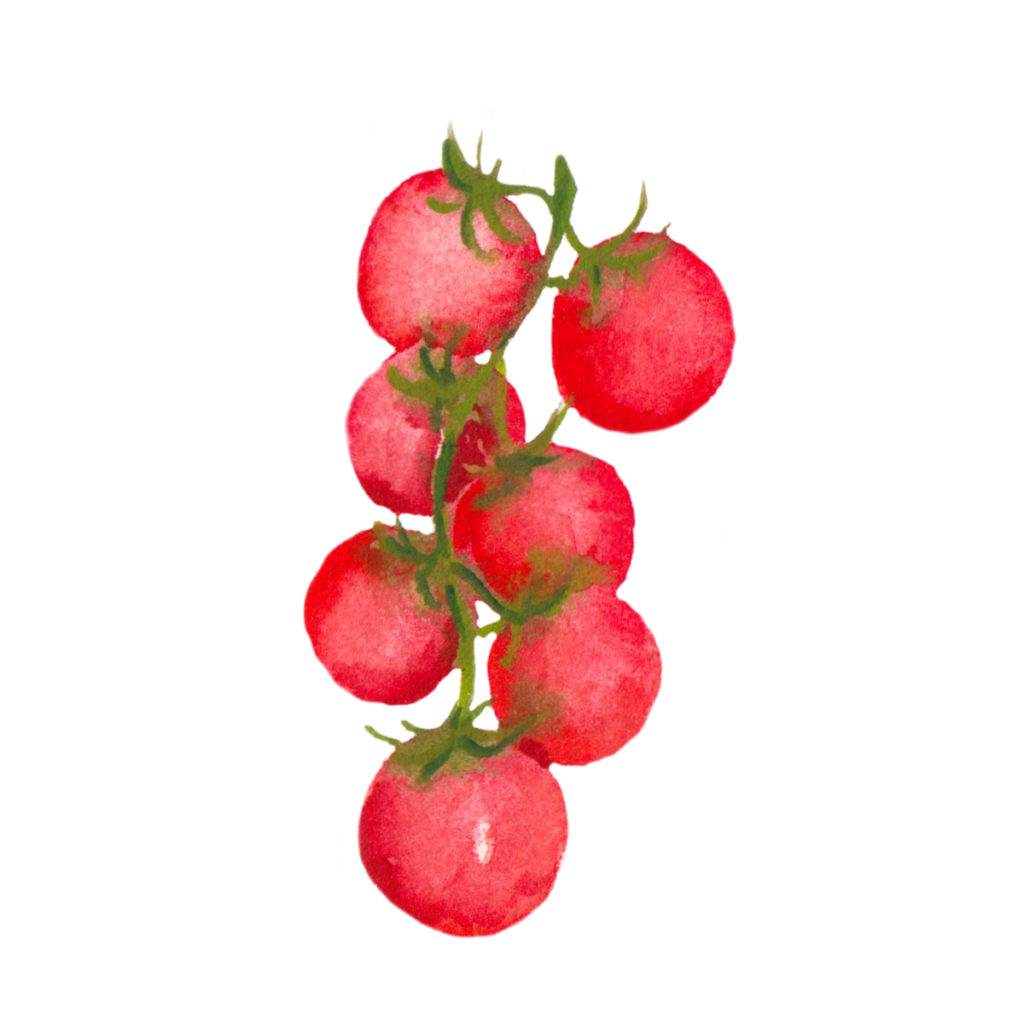




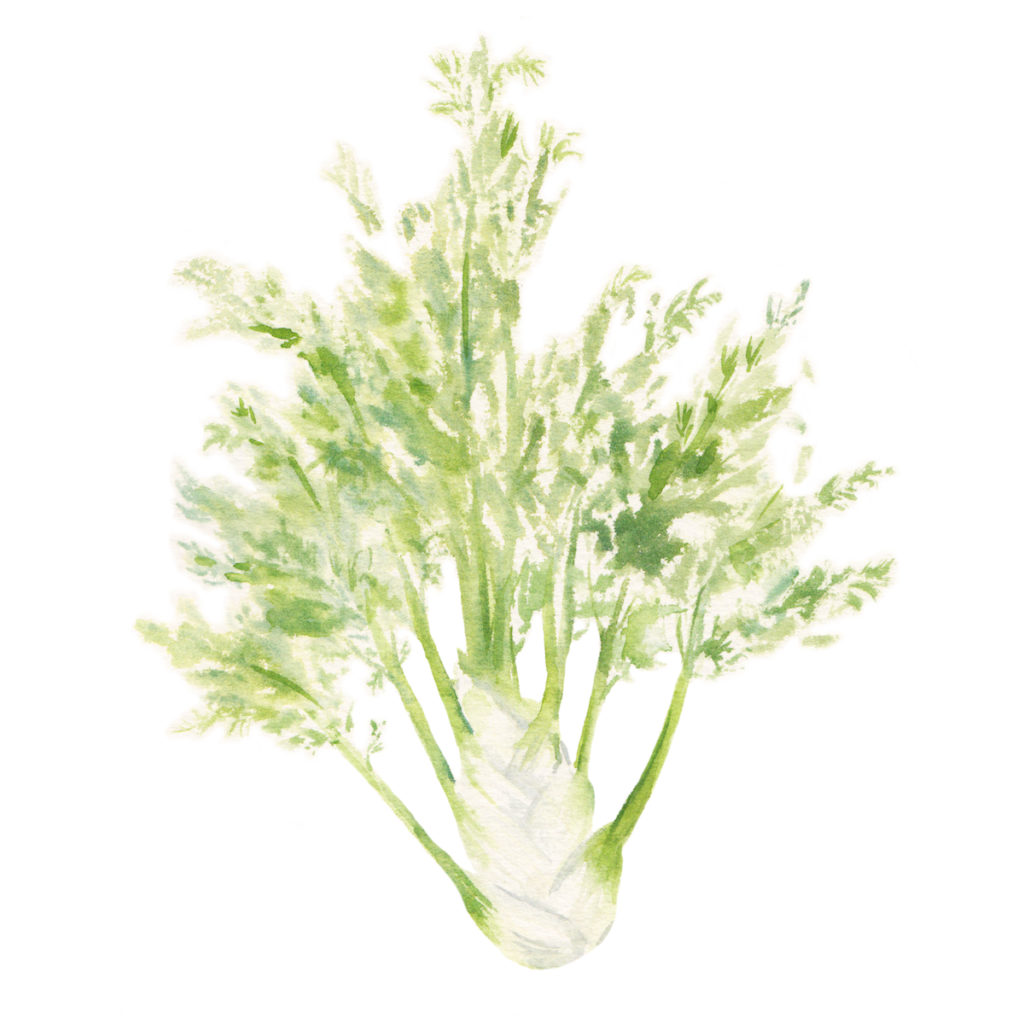

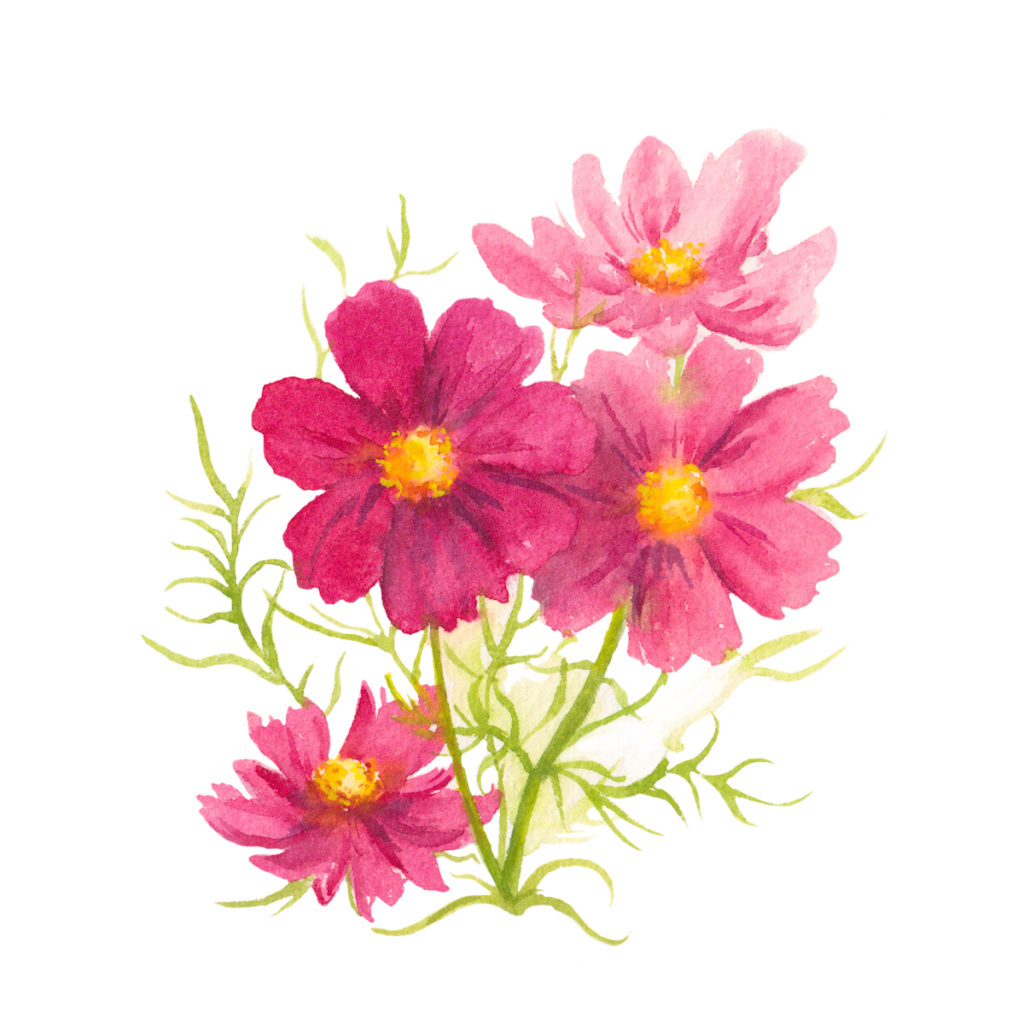
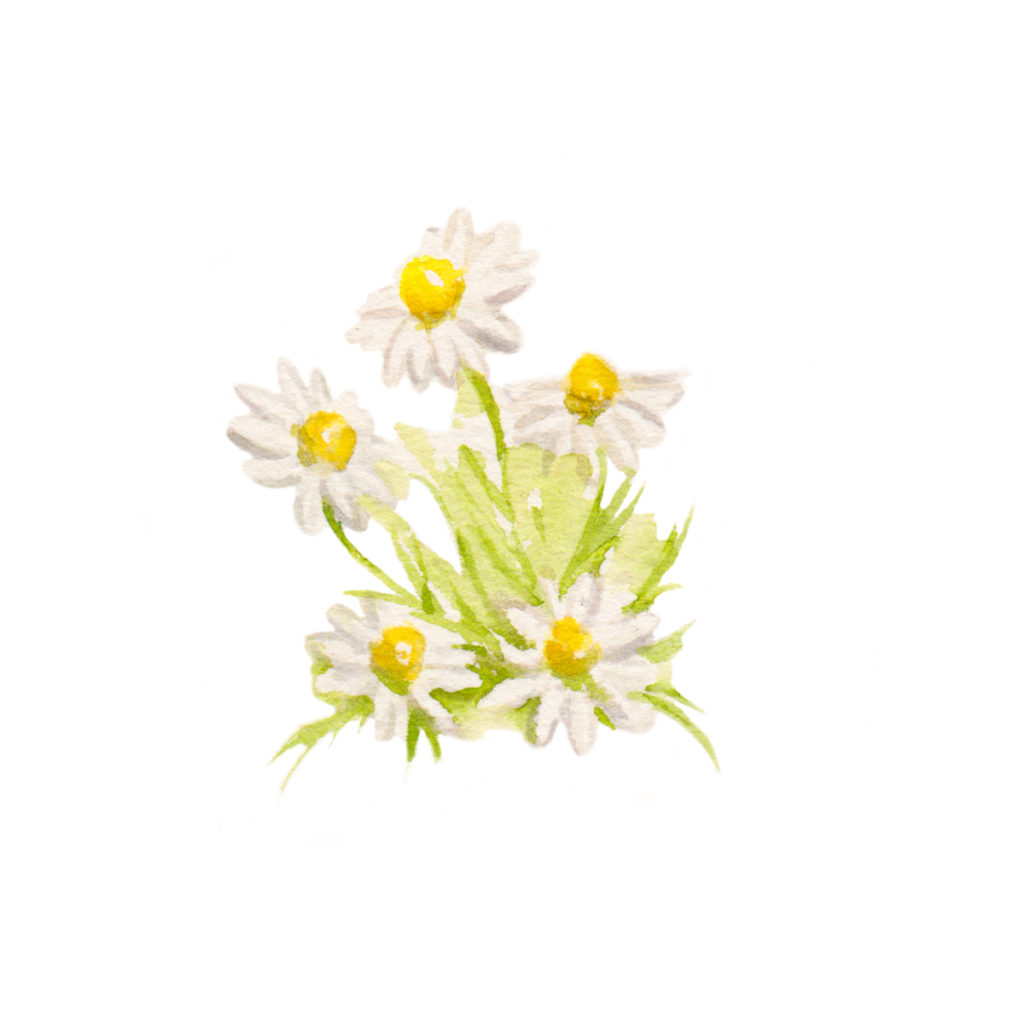
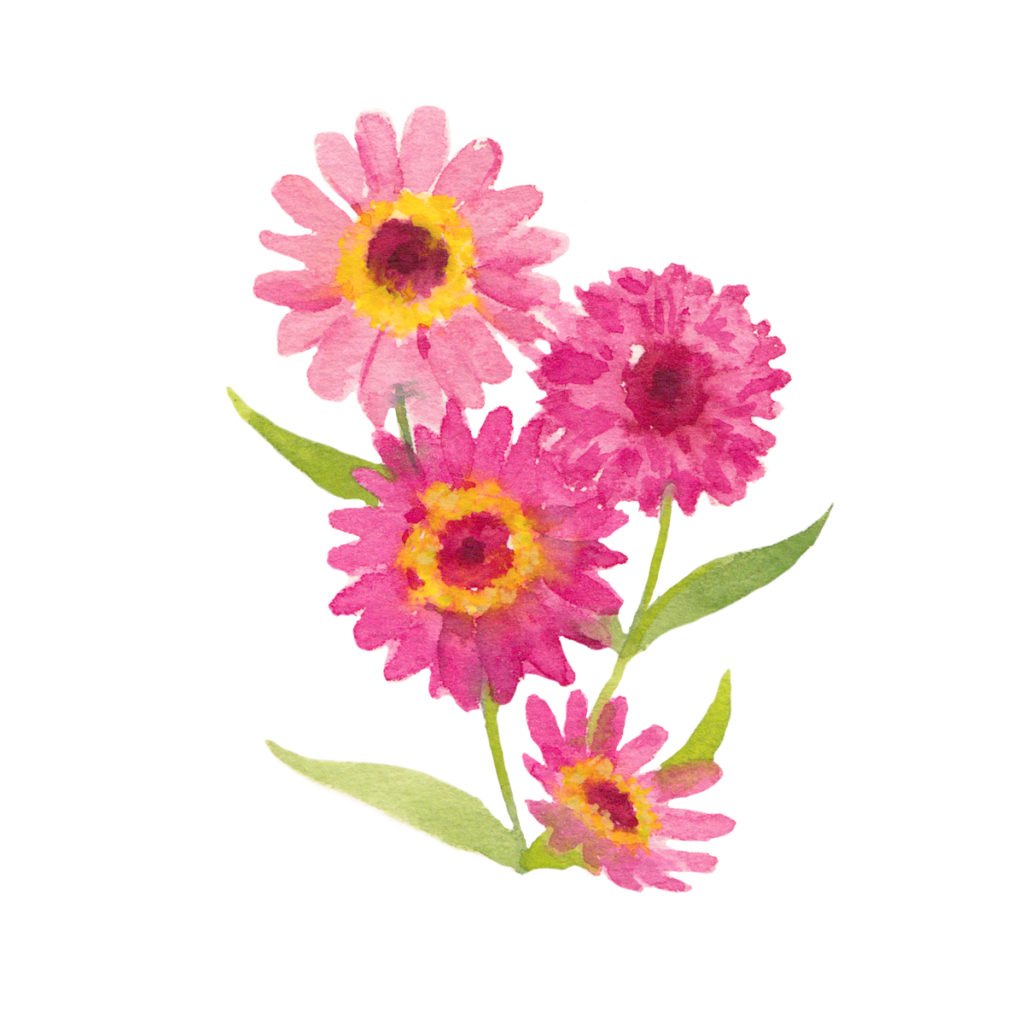
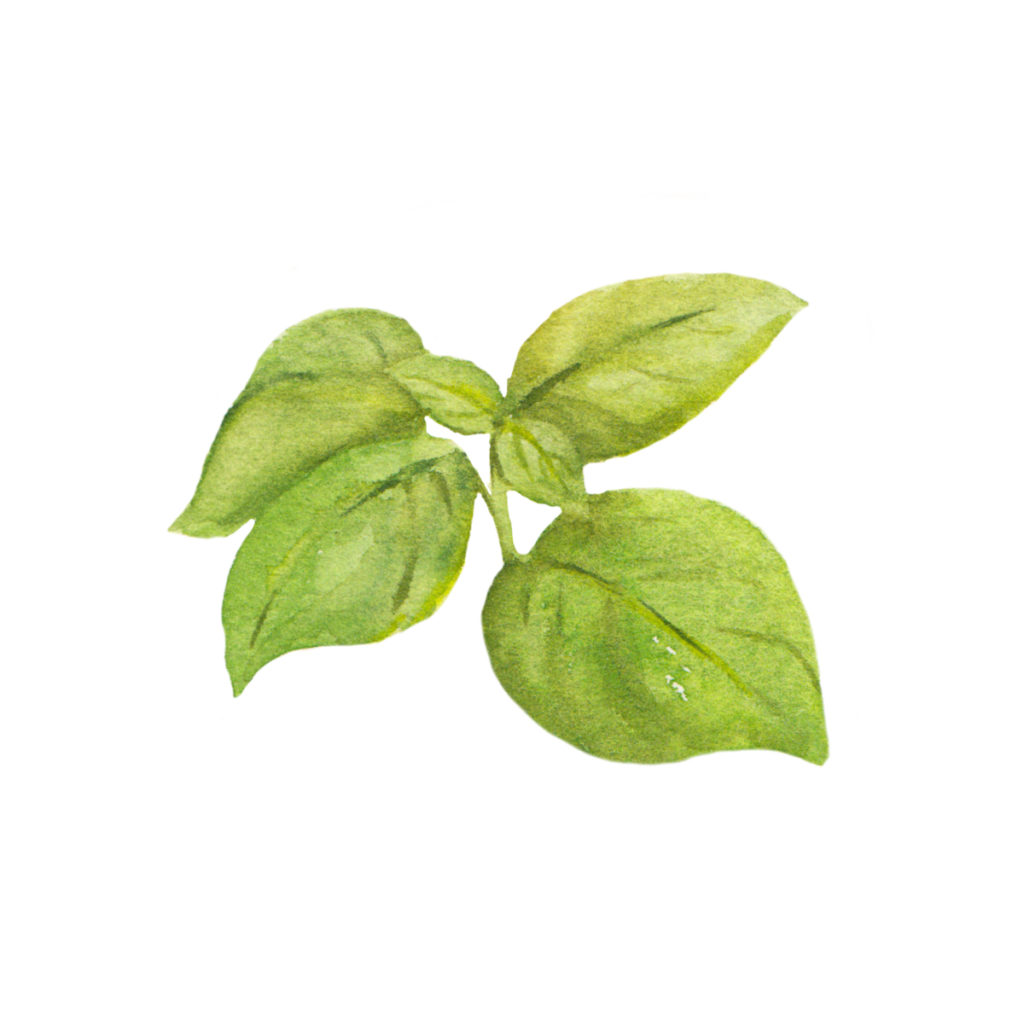

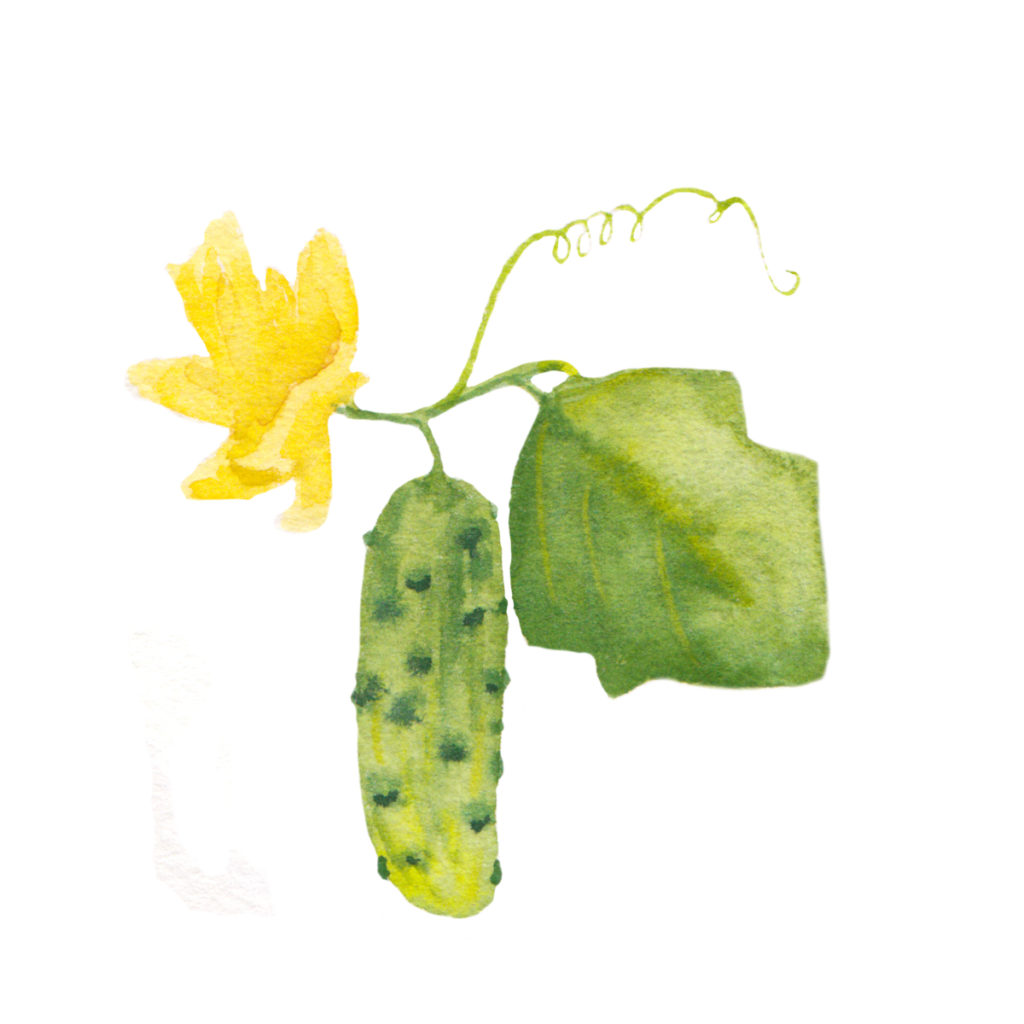

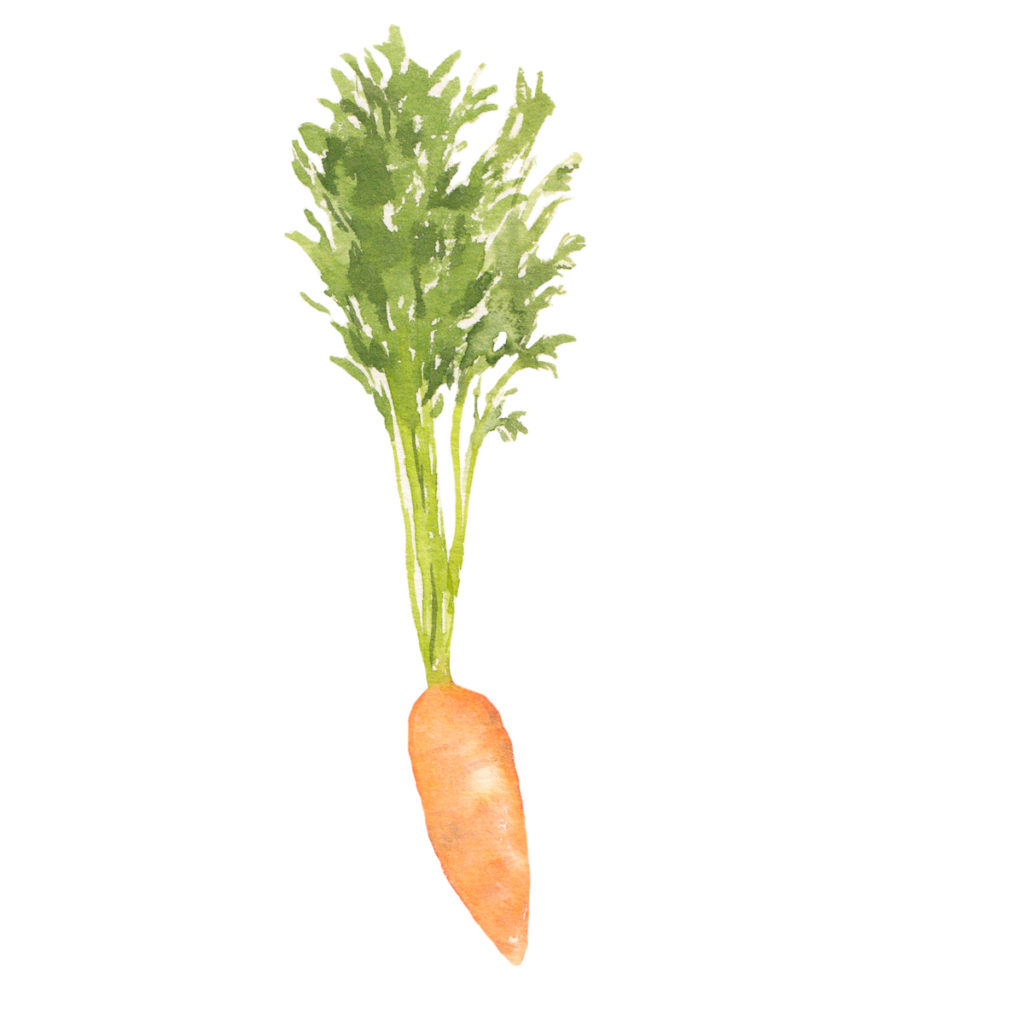
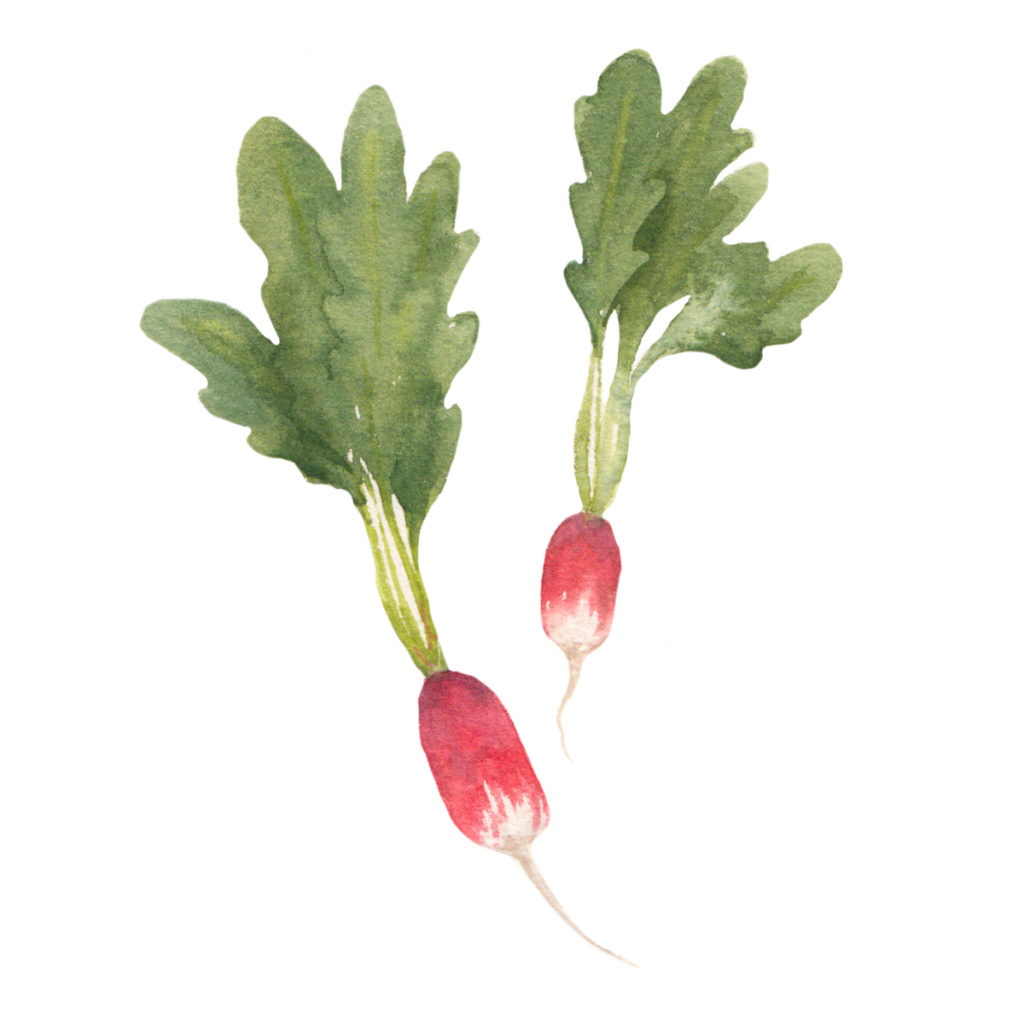

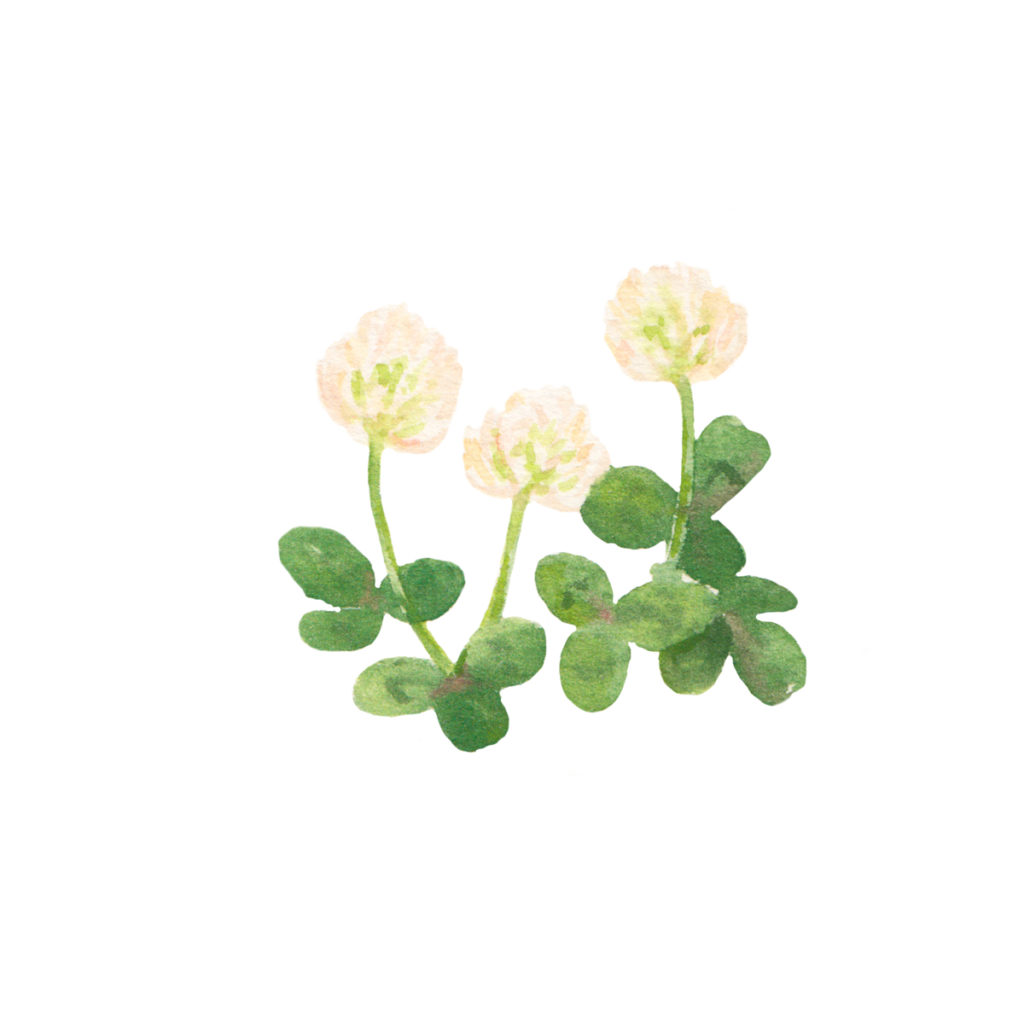
This is a fantastic resource, thanks Tom! Curious, I note there are no potatoes listed in the plan (unless I missed it) – always one of my favourite things to eat from a home vegetable garden! I’d like to plant potatoes, and I’m wondering if there is any reason they aren’t featured. My understanding is that they’re easy to grow but I’m not certain about companion planting strategies, sunlight, etc.
You read that correctly no potatoes in the plan. I’m not opposed to them but I haven’t grown regular potatoes and last year my sweet potatoes grew a ton of vines but small potatoes. If you want to substitute something in this plan for potatoes I think one of the kales or lettuces can be swapped. As far as companion plants, Tansy or Catmint are recommended for deterring common Colorado Potato Beetles. Alternatively, they can go in place of the Cosmos and next to the Bush Beans which should provide some nitrogen fixation for the Potatoes to utilize. In a small space it seems like a fingerling potato would work best.
This is fabulous, Tom! My husband and I have wanted to start a garden this year, but are fixing up our home and felt we wouldn’t have time to plan. You’ve changed all of that with this resource to the point where we are now going to go for it and grow along with you and your plan! We can’t thank you enough and we look forward to it! Ordering seeds now!
Amazing! So happy I can make your life easier.
Looking forward to the grow along.
Wow!! This is so amazing! I don’t think I will have time to garden this year, but will follow along nonetheless. Thank you for sharing your knowledge and love for gardening. The illustrations from Lauren are beautiful, and the branding and design work from Gadabout is perfection. What a great idea!
At least you have reasonable expectations for yourself. If you have empty beds this could be a perfect year for you to try cover cropping. Sow True Seeds has some great raised bed cover crop seed collections that would be great for building soil health and preventing erosion.
So excited for you Thomas! Can’t wait to do some grow-a-longs soon!
I also started gardening in 2017 when we bought our house! Last summer was a bit of a disaster because we had a newborn baby, but SO excited to jump back in this summer and grateful to follow along and continue to broaden my knowledge. Thank you so much for doing this! I feel like gardening is a lost art. So, so good for the mind, body and soul! Can’t wait for my little girl to be out in the garden with me this summer 🙂
Hi! Very excited to participate! Is it possibly to purchase seeds from a local garden center for the sake of time?
Definitely possible. You will have to make some substitutes but nothing dramatic.
I love all of this! My husband and I just bought a new home in the city with a large roof deck we hoped to start a small garden on. Do you think this is possible, or would this be better suited for a garden on solid ground?
You can totally make that work. Just make sure to plan for drainage and have your garden bed not sitting in water.
I love this! With two toddlers at home, we have enjoyed making our home life more comfortable in the last several months. We love cooking at home and have only grown herbs at this point, but your wonderful site will help us get organized to add a few items to our garden this year . . . as long as the pesky deer who call our area home stay away. Thank you!
This is great! Looking forward to following along from SoCal. Taking a look at some possible substitutes. Nervous about seeding because we don’t have the lamps, but excited to give it a try!
The launch of this website might be the best thing about 2021 so far. I’m so excited to participate and learn more about companion planting. My previous gardening efforts have resulted in low yield and I’ve been curious if increasing biodiversity would help. I’m curious — I have 5 raised 4×4 boxes clustered together. Would I be able to repeat this planting pattern in all of them, or is this designed as a stand alone layout (sun/shade considered)?
You can absolutely repeat the pattern. Though with the larger plants like tomatoes, cucumber, eggplants and pepper it may make sense to do a bed with tomatoes, a bed with cucumbers (or even a vining squash like Centercut Squash from Row 7) and a bed of eggplants and pepper. Since you have multiple beds you can do some swaps such as Broccoli for Kale, that way you won’t be eating only Kale salad all summer. Or even do a whole bed dedicated to flowers. Lot’s of options with lots of space.
Thank you so much, Tom! You’ve clearly put in so much work and I really appreciate it. It looks like I’m a 9b zone. Are 9b and 9a close enough that I can just do what you do? Or is there a pretty dramatic difference between the two zones? I’m also in AZ, so I’m definitely more dry than where you are.
I wouldn’t say there’s that dramatic of a difference. I’d start right when I start. The dry climate shouldn’t matter much as we will setup proper irrigation. We can revisit later in spring how to deal with the extremes of summer.
Tom, have to say that I’m a husband of a gal that follows y’all, and naturally, I’ve been lured in by the gardening aspect. We have a raised bed that we’ve done for a couple of years but will be dedicating one of ours to your grow along. Looking forward to growing with everybody. I am @tony_trahan and we are in Texas for anybody that wants to connect
Amazing! Happy to have you joining.
one quick thing I saw as we have 6×4 beds so we’re adding a few other things to ours, this website mentions with companion planting not to have eggplant by fennel for what it’s worth.
https://www.westcoastseeds.com/blogs/garden-wisdom/companion-planting#:~:text=Spinach%20%E2%80%93%20A%20good%20companion%20for,planting%20near%20Brassicas%20or%20potatoes.
That is really interesting, I wish they would have cited their data. In the book I”m going off of, Plant Partners, Eggplants are recommended to be planted by Dill or Cilantro which are close relatives to Fennel. I’m going to investigate a little bit more.
Thank you for the robust information. I am excited to grow-a-long this year! This will be my first time starting seeds indoors… how many seed starting trays do you recommend per plant for a 4×4 garden?
You can get by with a 24 cell seed tray but having two would be a safer bet.
Thank you so much for doing this! I am a first-time gardener (from seed, at least) and I am trying to learn all that I can, but the plan, recommendations, and resources you have provided are immensely helpful!
Very excited to join along. You’ve clearly put a lot of thought into this. I have a little extra space and was wanting to add some tomatillos, but I’m worried they’ll take over the whole bed. Can this be solved by growing them vertically? Any thoughts on the best location? Also would like some serrano peppers. Can I assume similar needs as your shishito peppers in terms of location, timing and companion plants?
Yes, I grew tomatillos vertically last year with success. I planted three in a 3 square foot space and it got a little too crowded. I’d probably give them about 18 inches each.
Oh, and yes, Serranos should have similar requirements as the shishitos.
Thank you, Tom! You inspired me to start growing my plants from seed a couple of years ago so I am excited to be doing this grow-a-long now.
One question – if my garden bed is 4′ x 8′, would you mirror this layout? Or would you keep plant varieties together? For example, cucumber next to cucumber then zinnia next to zinnia, etc.
I’d keep plant varieties together. That way something like Cucumber can share the same support structure. You might have to make some adjustments depending on the orientation of your bed. If it’s arranged North to South it should work fine. If it’s East to West we will need to make some adjustments.
Hi Tom! Thanks so much for this resource. Some of the vegetables in your chart are not some that we eat. I would love to add potatoes and some not hot peppers, such as bell or banana. How can I fit those in? Also, maybe more tomatoes?
The easiest thing to do would be to swap out for similar sized things you actually eat. Maybe you don’t like eggplant, the bell pepper could go there. I’d be careful with overcrowding with tomatoes. I’ve found the really need and deserve their space. You could dedicate that final row to just two tomatoes and skip the cucumbers and Zinnias.
This is so excited, and I can’t wait to get started! Is it correct to assume that all plants will be started indoors, unless you otherwise specify to direct sow?
Thanks in advance. This is only my second spring pursuing this hobby and can’t wait to learn more!
Yes. Though I just noticed I hadn’t mentioned the Bush Beans were direct sow.
This plan looks great! I love the beauty mixed with practicality. I have a 4×10 raised bed oriented east to west. Trying to figure out my best translation from your plan. I would like to follow along as closely as possible as this seems well researched and all great stuff that we would love. Thank you for all the time you put into this and for sharing!
Here’s one idea: imagine the bed with two 4×4 plots with a 2×4 plot in between. You can duplicate everything and grow the garden twice and then in between you can grow favorite flowers, herbs and shorter growing vegetables like lettuces, potatoes, beets, etc. Visually this might make the garden look really cool too as it will be symmetrical. You could even add in more vertical supported plants on the North side like peas, vining zucchini (look up centercut squash), more tomatoes. HOpe that helps.
This is awesome! I just bought a house and it has a raised bed (8×17) and irrigation installed but it is empty. I am curious about the type of soil to put in it. I live in 9b. Will you have the chart painting for sale?
Hey there, that’s a large bed. Can you email me or DM me a photo of it on IG? 8 foot wide is too wide to work in and it might be best to reconstruct or find a way to build pathway through the center. For any very large beds it’s smart to find a local mulch and soil company, they most likely carry a variety of soil mixes. See if they have a raised bed mix or if they can make one for you.
Many of the seed packets I bought have multiple (50+) seeds in them, but I only need 1 or 2. What do I do with the rest? Is there a way to preserve them and use them again next year?
You can absolutely save them, most will be good for 5 years. I’d just seed them up and store them in a dark, dry and cool place. Your germination rate will decrease well beyond that but if you have a ton of seeds then even if you get 50% germination rate on 6 year old seeds then that’s better then buying all new packs every year.
Hi Tom! I’m so excited to be doing gardening with you. This is my first time gardening and I love how thorough you are with your posts because it helps me with my learning.
My clover seeds just came in the mail. The directions say that inoculation is recommended. What does that mean? What does broadcasting mean (this is on my alyssum seeds package)?
Also, I’ve noticed that some of my seed packages recommend directly planting the seed into their final home instead of starting them indoors like you’ve suggested in your plan (like the zinnia). Do you have any pros/ cons about which method to use, starting indoors or direct planting?
Happy you’re enjoying the content so far.
Inoculation in this case is planting it with a mixture that contains a particular bacteria which ensures the clover is able to convert nitrogen in the air for usage in the soil. I actually bought inoculant and forgot to add it for my clover. For commercial farmers, it’s definitely recommended as they have so much to lose from not having the proper nitrogen fixation they need. For home gardeners, it’s probably less important but still appears to be beneficial.
Broadcasting means evenly spreading through a tool, like a broadcast spreader or taking handfuls and tossing them to disburse them across the soil somewhat evenly. We are more select so I suggest taking small pinches and sprinkling the seeds in your desired areas.
The best direct sowing seeds in the Grow-a-long are: Carrot, Radish, Clover, Beans.
Ones that can go either way are anything in the 2-3 week group: Cucumber, Borage, Dill
The biggest pro for starting seeds indoors first are getting a major jumpstart on your growing season. For some zones, starting a tomato 8-10 weeks ahead of frost indoor could mean the difference between having enough growing time to harvest and not.
The biggest cons would be the expense, the gear, the lack of space
The biggest pros of starting directly outdoors would be you have a lot more room and you don’t have to transplant.
The biggest con is your effective growing season is shorter.